HANS HOFMANN (1880-1966)
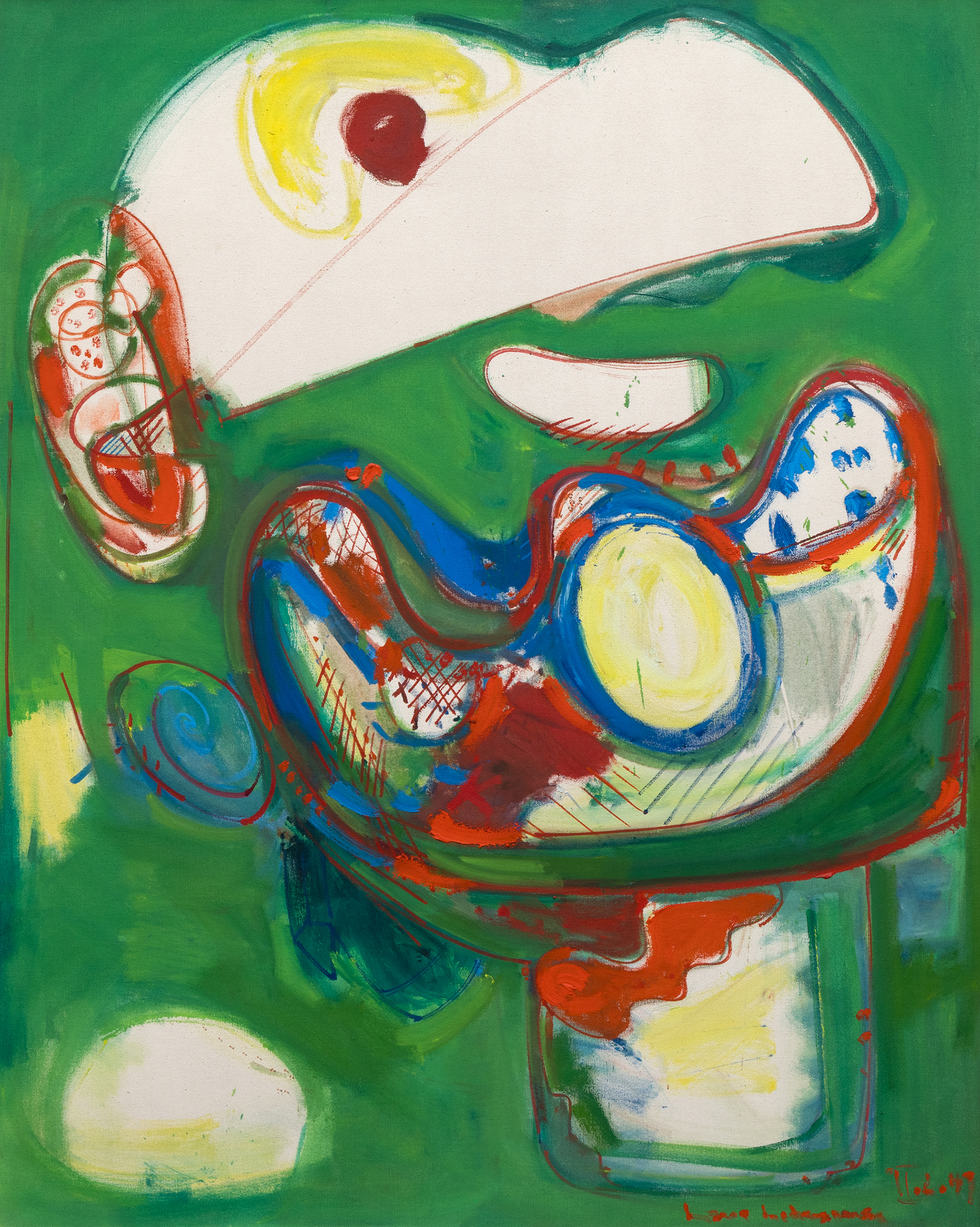
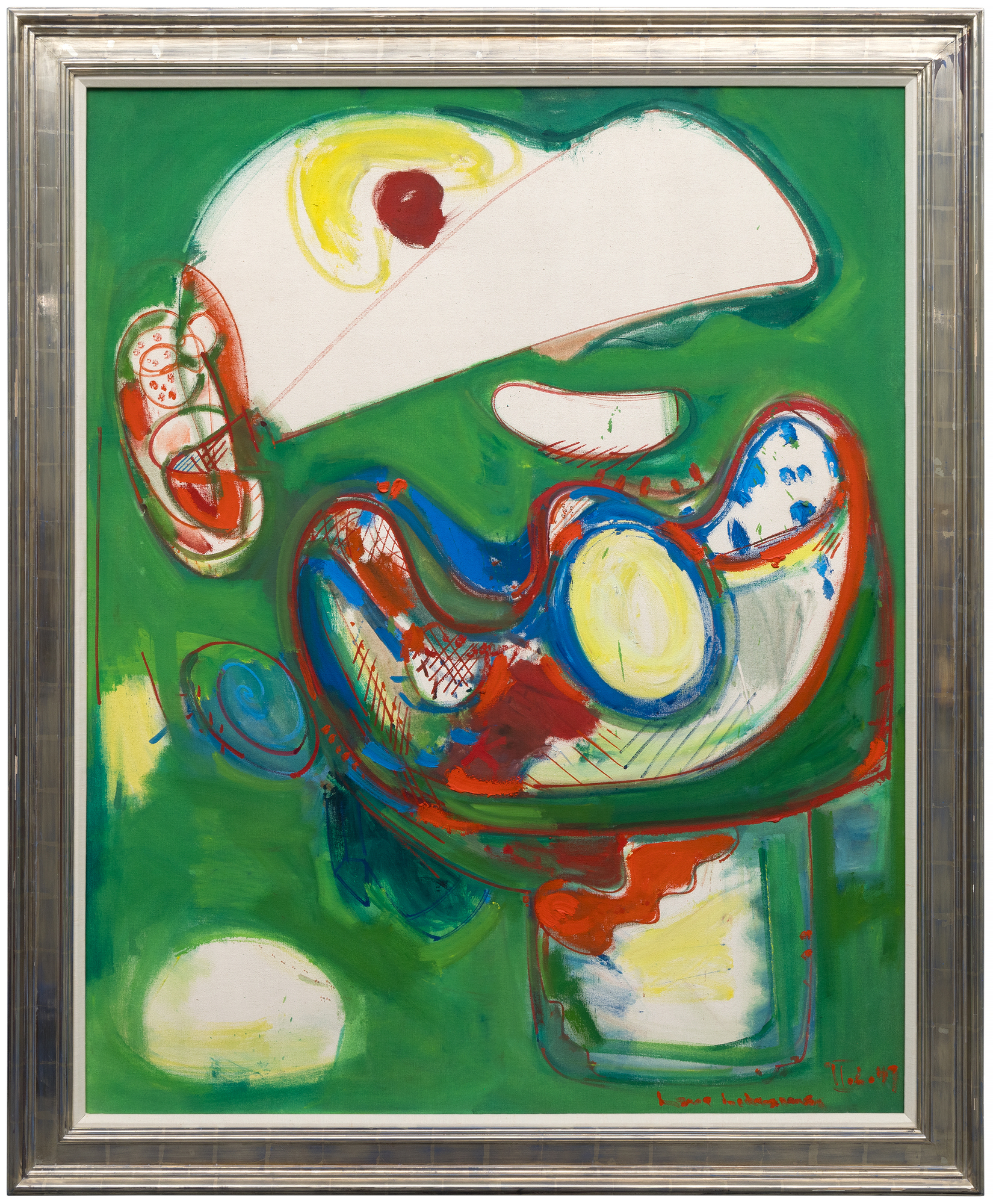
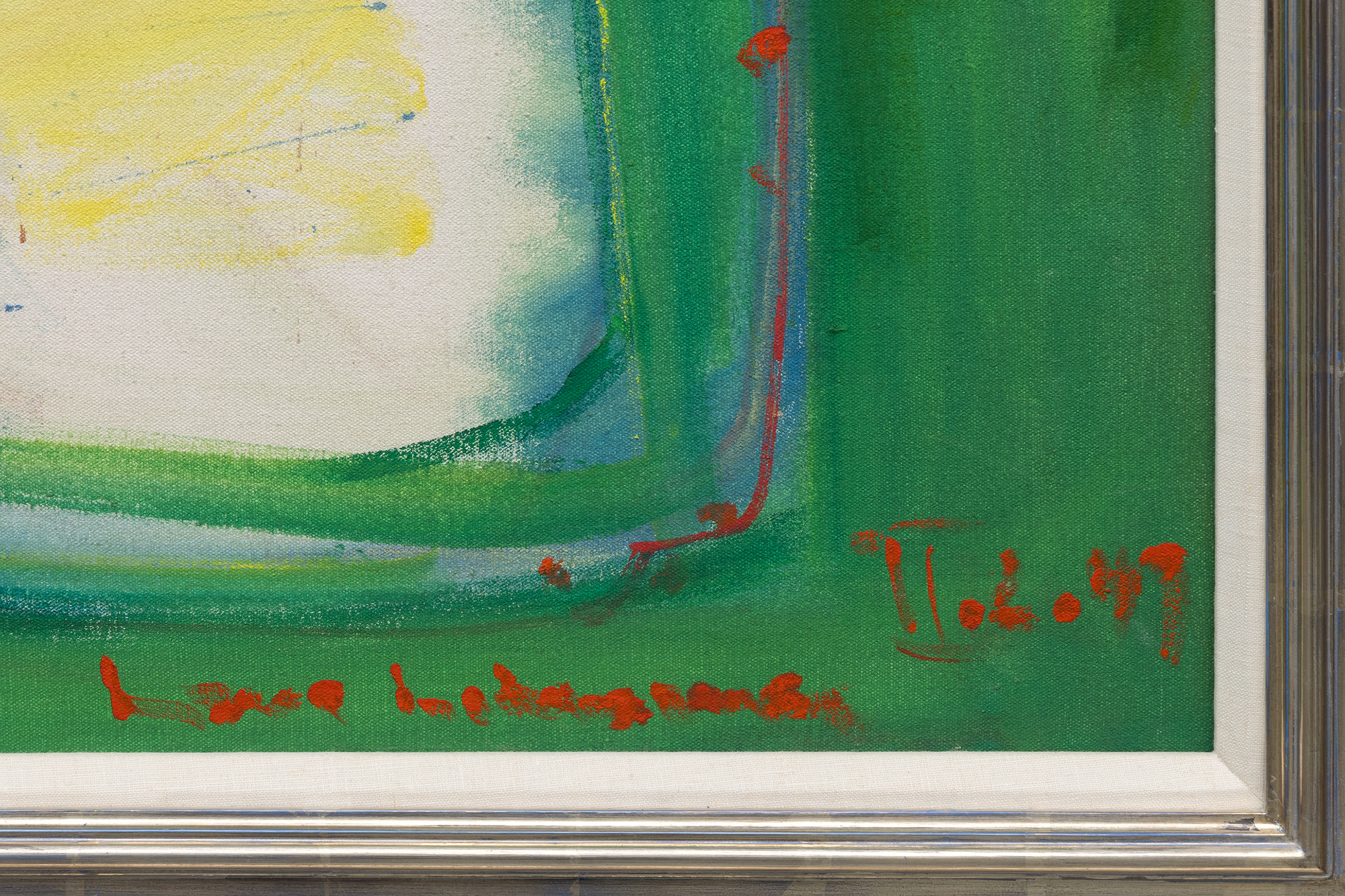




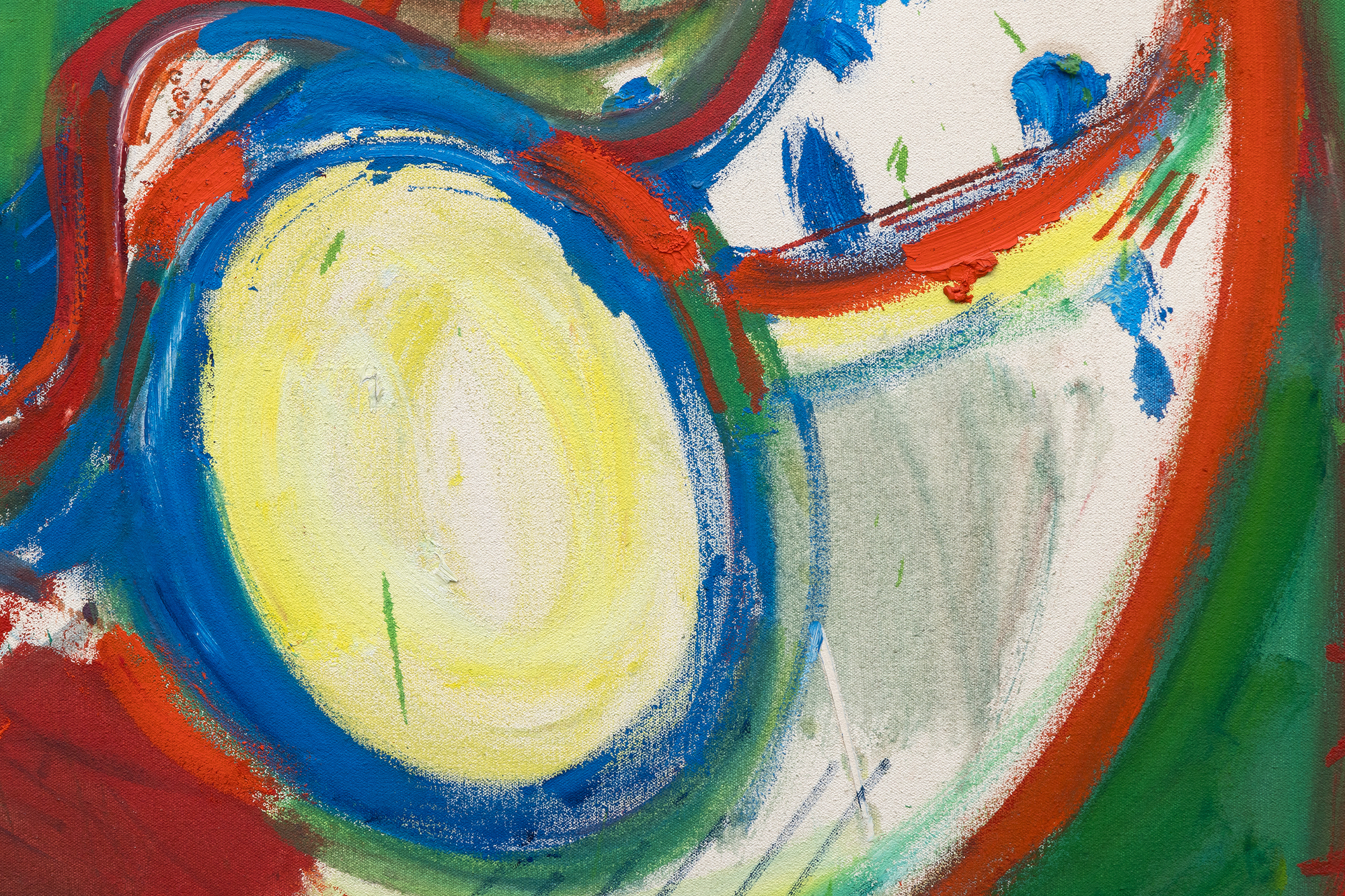
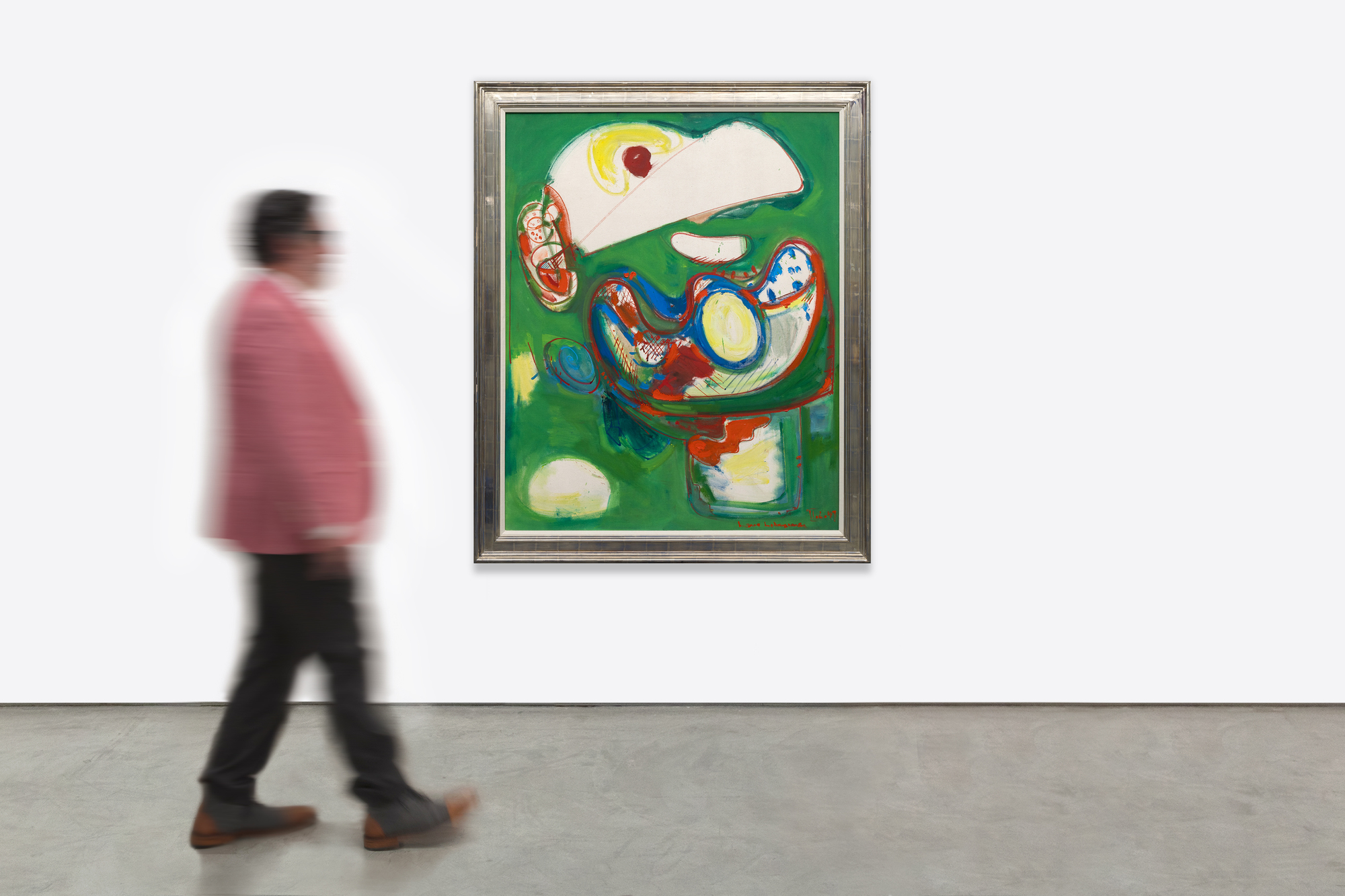
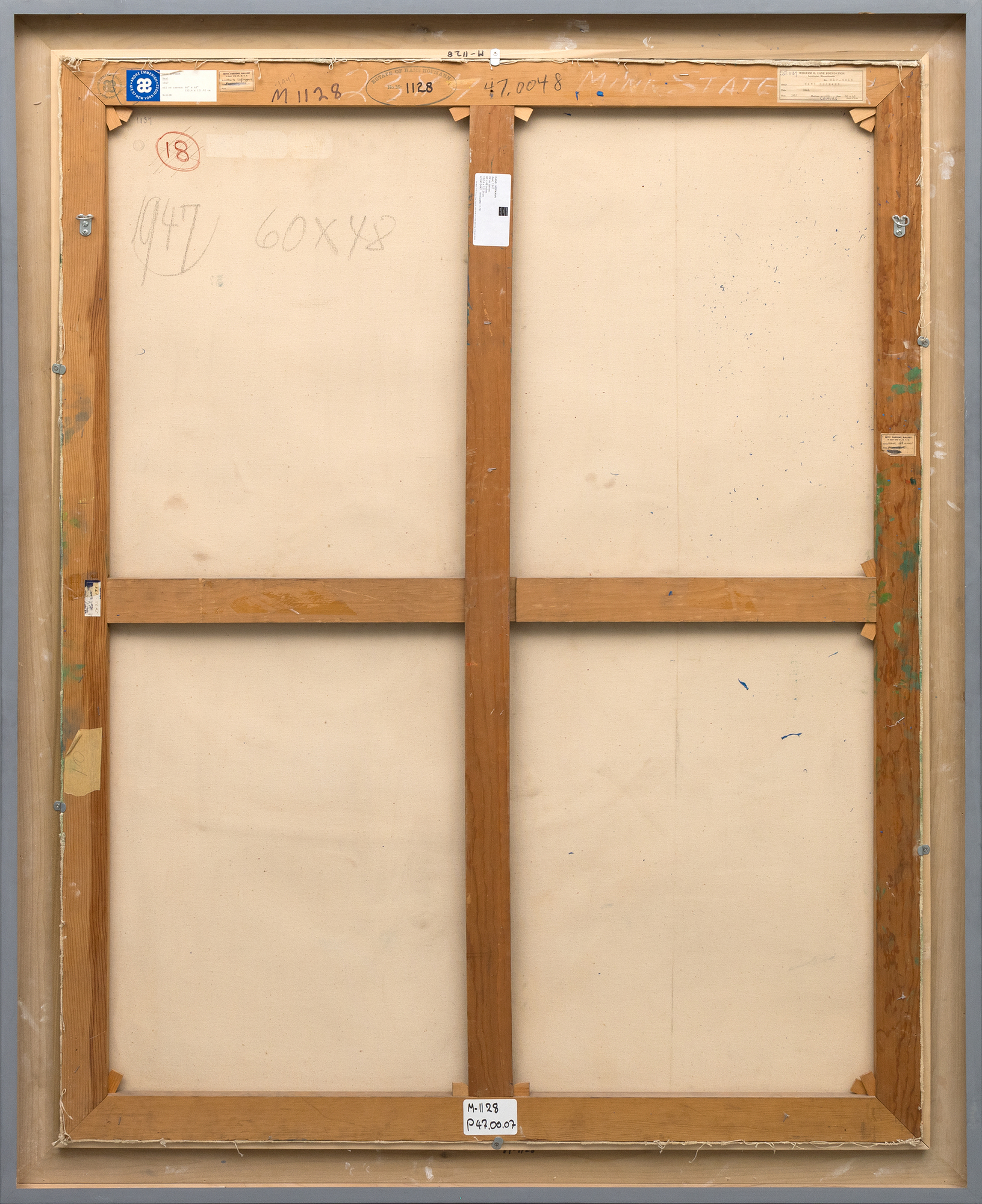
Provenance
Galerie Andre Emmerich, New YorkSuccession de Hans Hofmann
Ameringer & Yohe Fine Art, New York
Collection privée, New Jersey
Exposition
New York, New York, Betty Parsons Gallery, Hans Hofmann : Recent Works, 24 mars - 12 avril 1947, sous le nom de Phoenix IIISaint Paul, Minnesota, Minnesota State Fair, sous le nom de Phoenix III, 1947
Paris, Galerie Maeght, Hans Hofmann, Peintures, 7 janvier - 9 février 1949
New York, New York, Andre Emmerich Gallery, Hans Hofmann : The Post-War Years : 1945-1949, 12 janvier - 18 février 1989
Nouveau Yo...Plus.....rk, New York, Ameringer Yohe, Hans Hofmann : The Unabashed Unconscious ; Reflections on Hofmann and Surrealism, 30 mars - 29 avril 2006
Littérature
Andre Emmerich Gallery, Hans Hofmann : The Post-War Years : 1945-1949, New York, 1989, pl. 5 (illustré en couleur)Jed Perl, Hans Hofmann, the Unabashed Unconscious : Reflection on Hofmann and Surrealism, New York, 2006, p. 36 (illustré en couleur)
Suzi Villiger, Hans Hofmann : catalogue raisonné des peintures, volume II, Surrey, 2014, HH cat. n° 1137-1947, p. 392 (illustré en couleur).
...MOINS..... Prix715,000
Peint à l'âge de 65 ans, Baal témoigne également de la volonté d'Hofmann de revisiter des disciplines antérieures tout en relevant les défis de l'abstraction du milieu du siècle. Sa palette vibrante et l'utilisation audacieuse de couleurs complémentaires, en particulier la juxtaposition du rouge et du vert, renforcent le dynamisme du tableau. Les lignes ondulantes et les formes biomorphiques évoquent l'influence surréaliste de Miró et la résonance spirituelle des abstractions gestuelles de Kandinsky. Comme ces prédécesseurs, Hofmann a cherché à traduire la "nécessité intérieure" en expression visuelle, guidé par son imagination fertile. Cependant, les éléments planaires et les formes curvilignes de Baal reflètent également l'influence de la peinture improvisée, une caractéristique de l'expressionnisme abstrait pratiqué par des contemporains tels qu'Arshile Gorky, entre autres. C'est une composition qui fourmille de mouvements et d'énergie, suggérant un cosmos en mouvement - chaotique mais délibéré.
Exposé la même année à la Betty Parsons Gallery de New York, Baal marque l'évolution de Hofmann en tant que maître et innovateur. Avec son dynamisme éclatant et son titre symbolique, le tableau incarne la capacité de Hofmann à insuffler à l'abstraction une puissance élémentaire, créant une exploration profondément personnelle de la forme et de la couleur.


